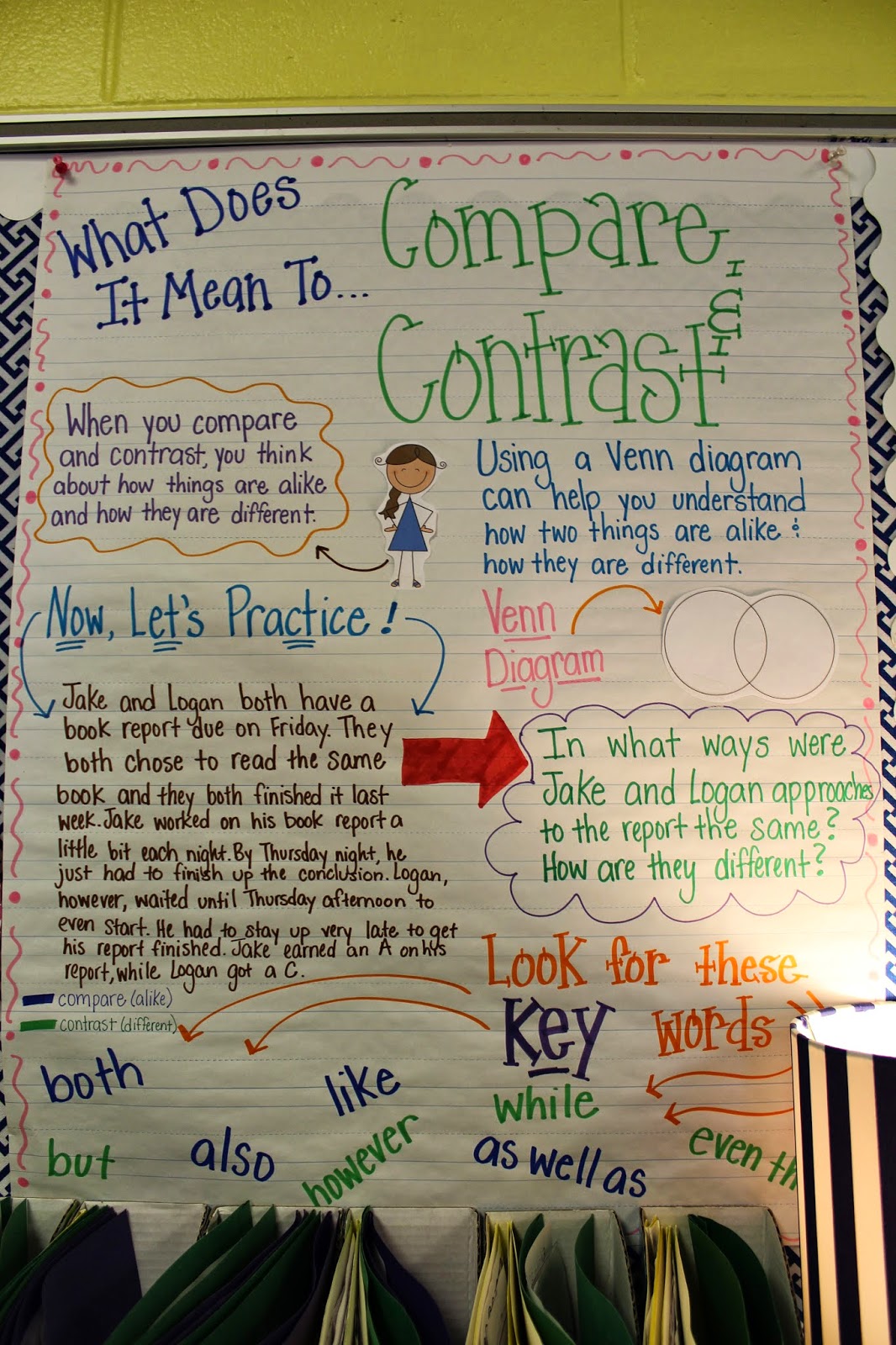


This makes it easier to prioritize the different types of connections (e.g. This new structure brings the two sides of the market-people who need help and people who can offer help-closer together under the same opportunities. I want to connect with alumni professionally.Your structure should reflect what you are hearing in your interviews and should support good prioritization decisions.įirst, I merged the “I want help” opportunity with the “I want to give back” opportunity into one opportunity called “I want to connect with other alumni.” There is more than one way to structure your opportunities. – Tweet This An Opportunity Solution Tree Simplifies Prioritization It doesn’t make sense.ĭon’t prioritize a list of unlike items that aren’t distinct from each other. Hiring a recent grad or mentoring a student are both ways in which an alum might give back to the community. The items on this list also aren’t all distinct from each other. Now what? Most of us would start prioritizing this list by asking which of these opportunities is most important for us to address next.īut it doesn’t make sense to compare an aspirational opportunity like “I’d like to give back to the community” with a more specific opportunity like “I want to hire a recent grad.” It’s hard to prioritize a list when it isn’t made up of similar items. This list represents what we heard in our alumni interviews. I’d enjoy mentoring a student or recent grad.I’d like to give back to the community.I’m willing to donate but want to know the impact.I want to keep up with my school’s sports.I’m looking for something interesting to read / learn.I want to know what my college friends are up to.I want to stay connected to my alma mater.I’m moving to a new city and want to know who lives there.We should have taken the time to identify the opportunities we were hearing in our customer interviews. Product teams need to make decisions based on their combined knowledge.

The only problem is product teams need to make fast decisions from a shared mental representation of their combined knowledge. And we were each relying on our own mental representations to make fast decisions. We each came to our brainstorming session with different patterns of information. He had just read about the Google Maps API. Seth came to the brainstorming session with a depth of knowledge about new technology. I had just completed an extensive round of user research. I came to the brainstorming session with a depth of knowledge about our users. Looking back, here’s how I would diagnose my team’s challenges. Isn’t this exactly what we need? Something that allows us to understand, interpret, organize, and analyze all the information we collect so that we can make better product decisions with it? The key benefit of more sophisticated mental representations is that they help us understand, interpret, organize, and analyze information.Īnd he argues, “The key benefit of mental representations lies in how they help us deal with information: understanding and interpreting it, holding it in memory, organizing it, analyzing it, and making decisions with it.” So I started to deconstruct the problem and here’s what I found.
#COMPARE AND CONTRAST HOW TO#
We don’t know how to effectively go from a stated outcome like increase engagement to executing on solutions that will drive that outcome. Today, as a product discovery coach, I see this play out on team after team. It’s a story about me as a product manager wanting to include my team in deciding what to build, but not knowing how to do so in a productive way. Now this story isn’t about, “I’m right and Seth is wrong.” We’ll see in a minute, it’s more complex than that. And adding a Google map felt like a gimmick. Knowing where people lived didn’t feel like a big enough need. Maps would be cool.Īt the time, I didn’t have the words to express my frustration, but intuitively, I knew that building cool stuff wasn’t good enough. And sadly (from my point of view), they agreed with Seth. And he responded, “Oh, it won’t, but it will drive engagement because it’s cool.” I looked to the rest of the team for help. I was trying to figure out how Google Maps was going to help us address the spam problem. Seth’s idea seemed irrelevant to the problem we were trying to solve.


 0 kommentar(er)
0 kommentar(er)
